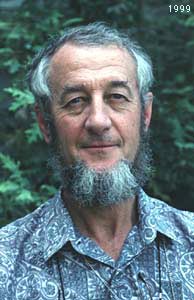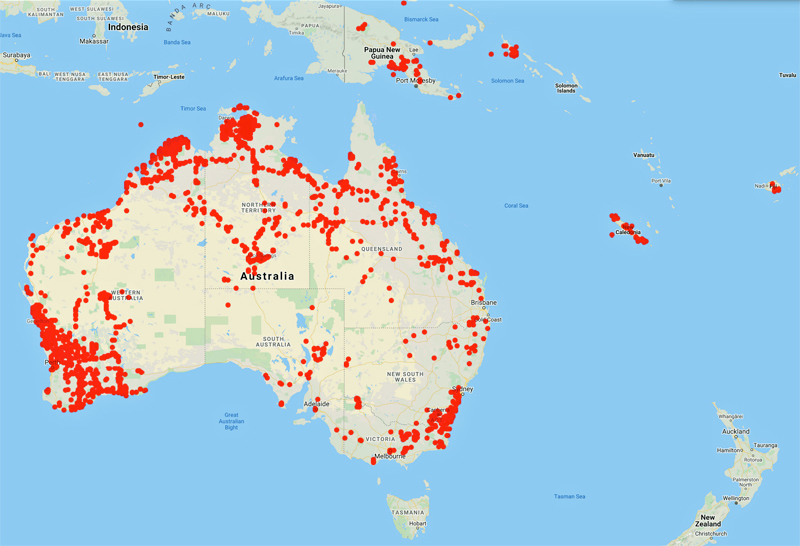
Council of Heads of Australasian Herbaria
Australian National Herbarium
Biographical Notes
 |
Council of Heads of Australasian Herbaria |
 Craven, Lyndley Alan (Lyn) (1945 - 2014)
Craven, Lyndley Alan (Lyn) (1945 - 2014) Born 1945, died in Canberra 11 July 2014
Commenced with the Commonwealth Scientific and Industrial Research Organisation (CSIRO) in 1964 in the plant taxonomy unit of the New Guinea Survey Group, Division of Land Research and Regional Survey. This unit formed part of the Herbarium Australiense (now Australian National Herbarium, Centre for Australian National Biodiversity Research). Duties included botanical support for land resources surveys in New Guinea.
Left CSIRO in 1967 to study horticulture at Burnley Horticultural College, Victoria, between 1968 and 1970.
Briefly employed by the Parks and Gardens Branch, Department of the Interior, Canberra, part of which time in the Australian National Botanic Gardens herbarium (CBG), then re-employed by CSIRO in the Australian National Herbarium (CANB) from 1971, where he remained until his retirement in 2009. Lyn continued his association with CSIRO as a Post-retirement Fellow, working actively on a range of taxonomic projects.
Lyn's major research efforts were focussed upon the systematics of Melaleuca and Syzygium (Myrtaceae), and their respective allies. Other research groups include Hibiscus and Australian Gossypium (Malvaceae). His accessory interests and activities included development and oversight of the Herbarium library, botanical Latin, botanical nomenclature, and agri-horticultural botany and its nomenclature. Plant exploration and collecting were also very high up on his list of priorities.
Formal Qualifications:
Diploma of Horticultural Science, Burnley Horticultural College, Melbourne, Australia (1970).
Degree of Master of Science, Macquarie University, Sydney, Australia (1984).
A full listing of Lyn's publications is available here.
Sources: CANBR Staff profiles website (1998); Brendan Lepschi, pers. comm. (11 July 2014)
Portrait Photo:1999, M.Fagg, ANBG photo collection
SEE OBITUARY & TRIBUTES:
Lyndley (Lyn) Alan Craven 3 September 1945 - 11 July 2014
Australasian Systematic Botany Society Newsletter 167 (June 2016) p.17-38
( https://asbs.org.au/newsletter/pdf/16-june-167.pdf )
Data from 20,675 specimens
